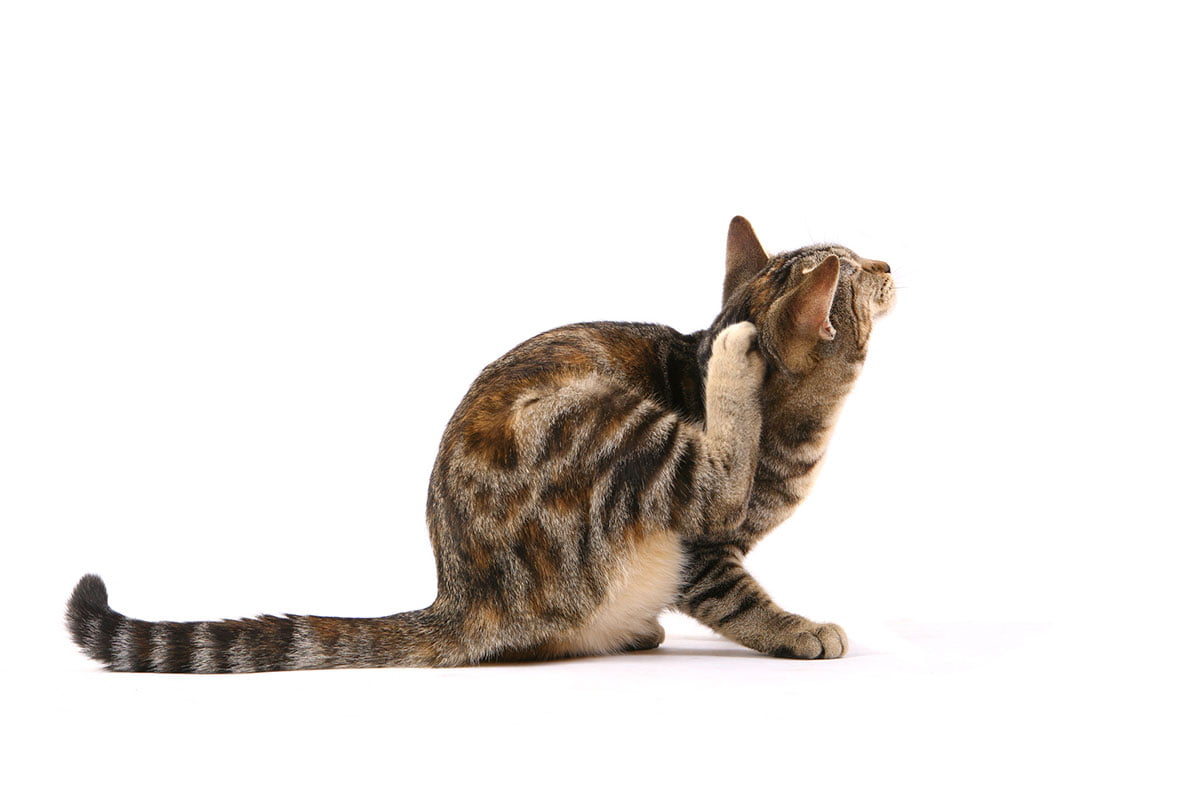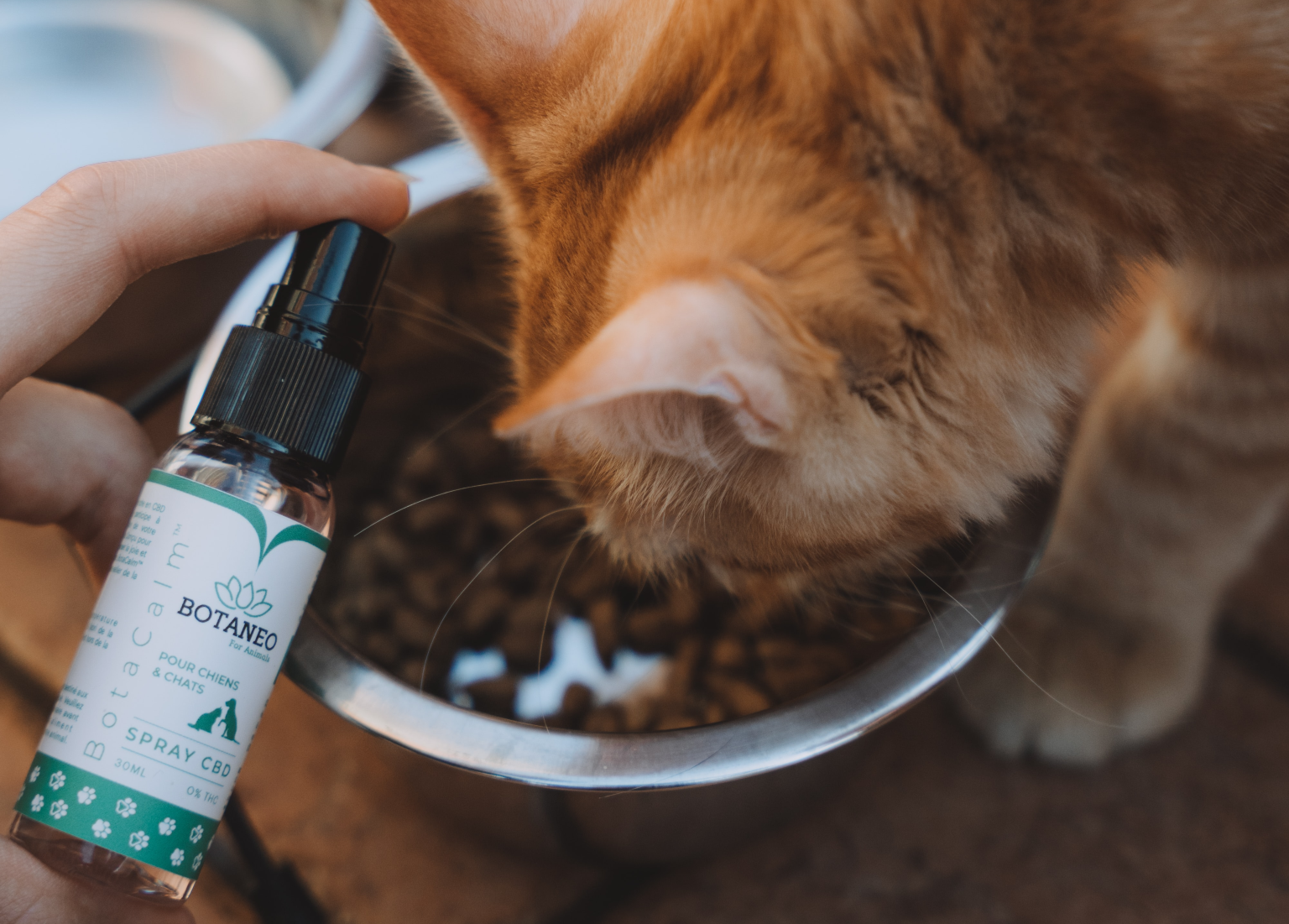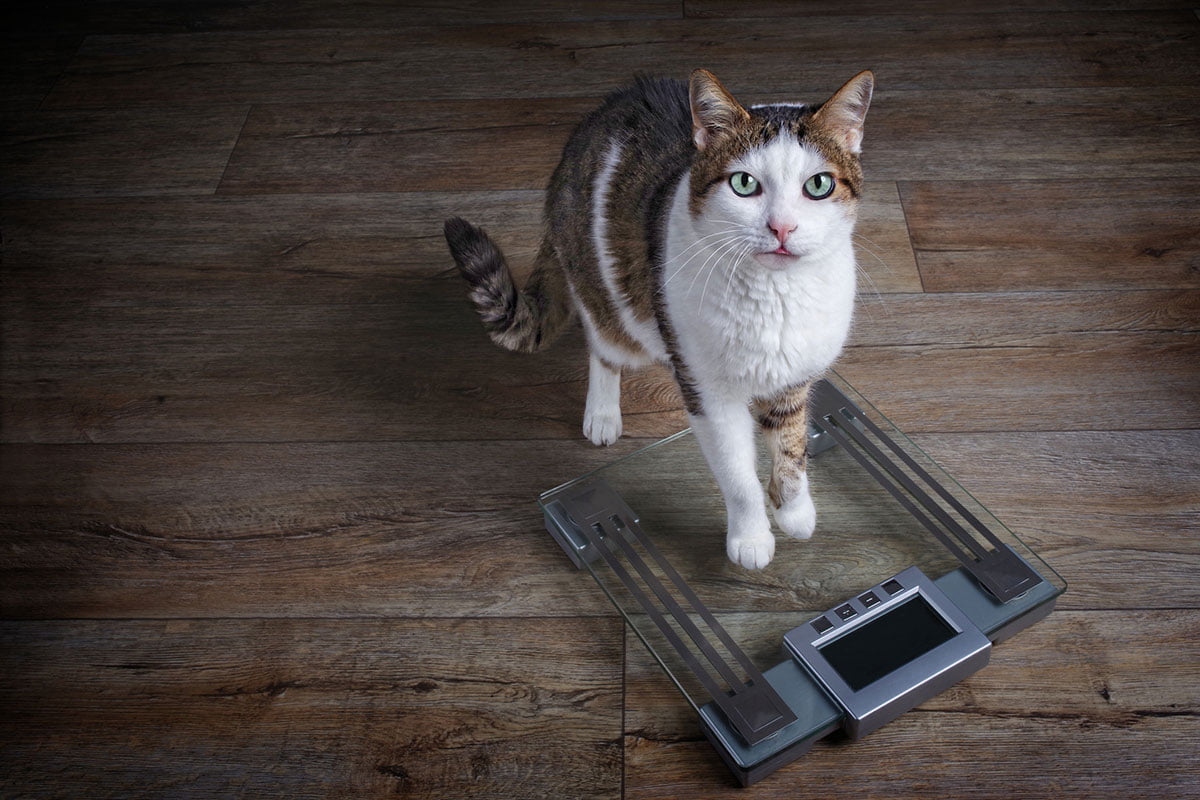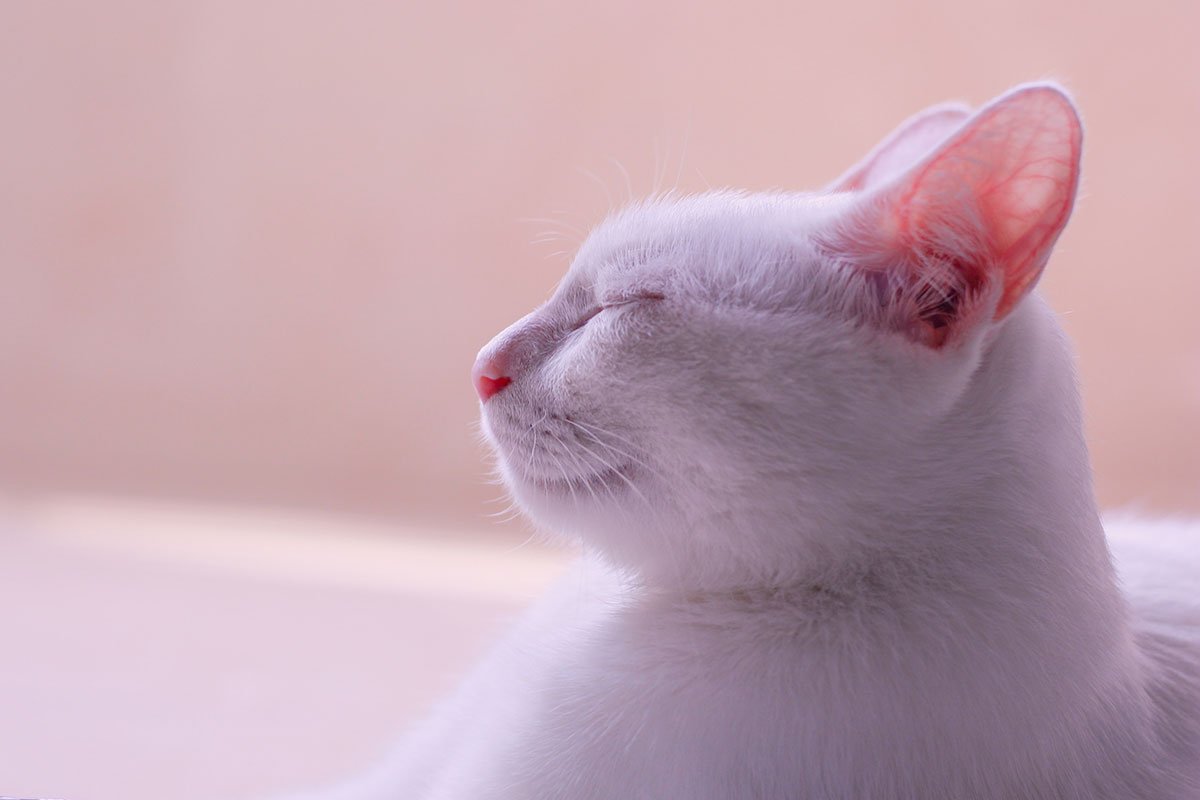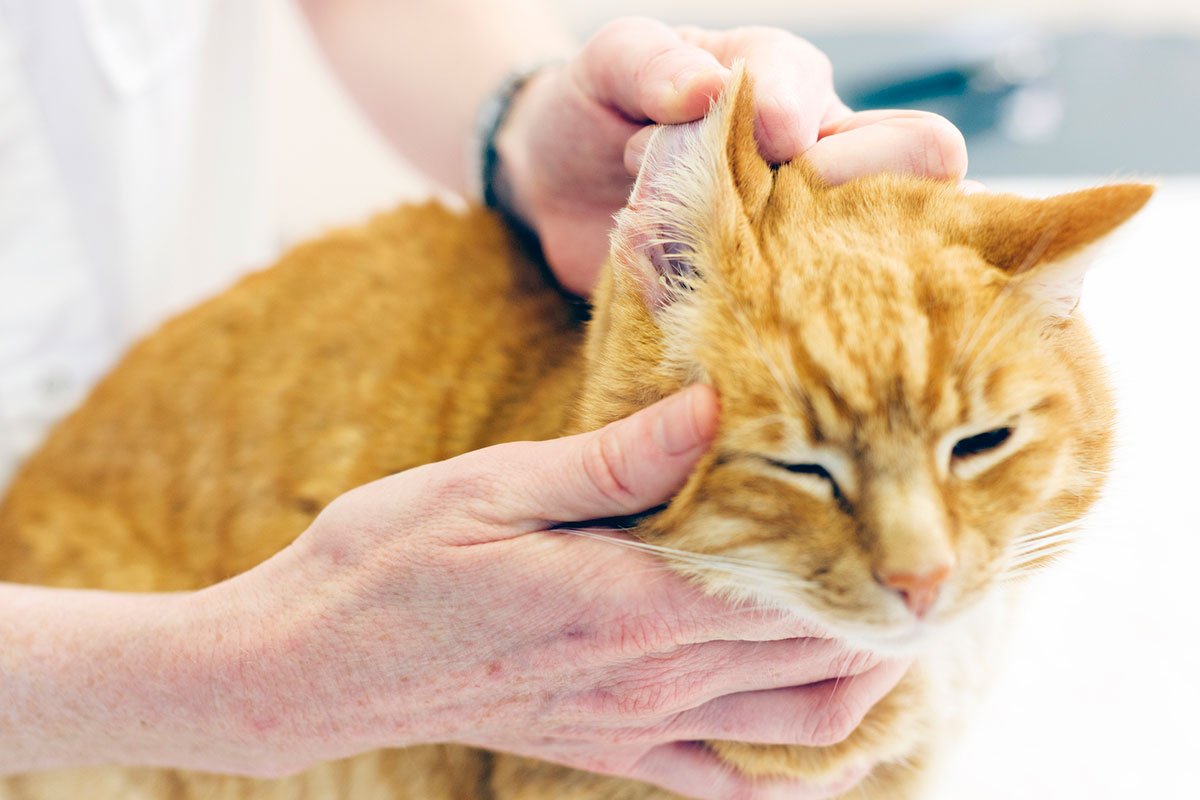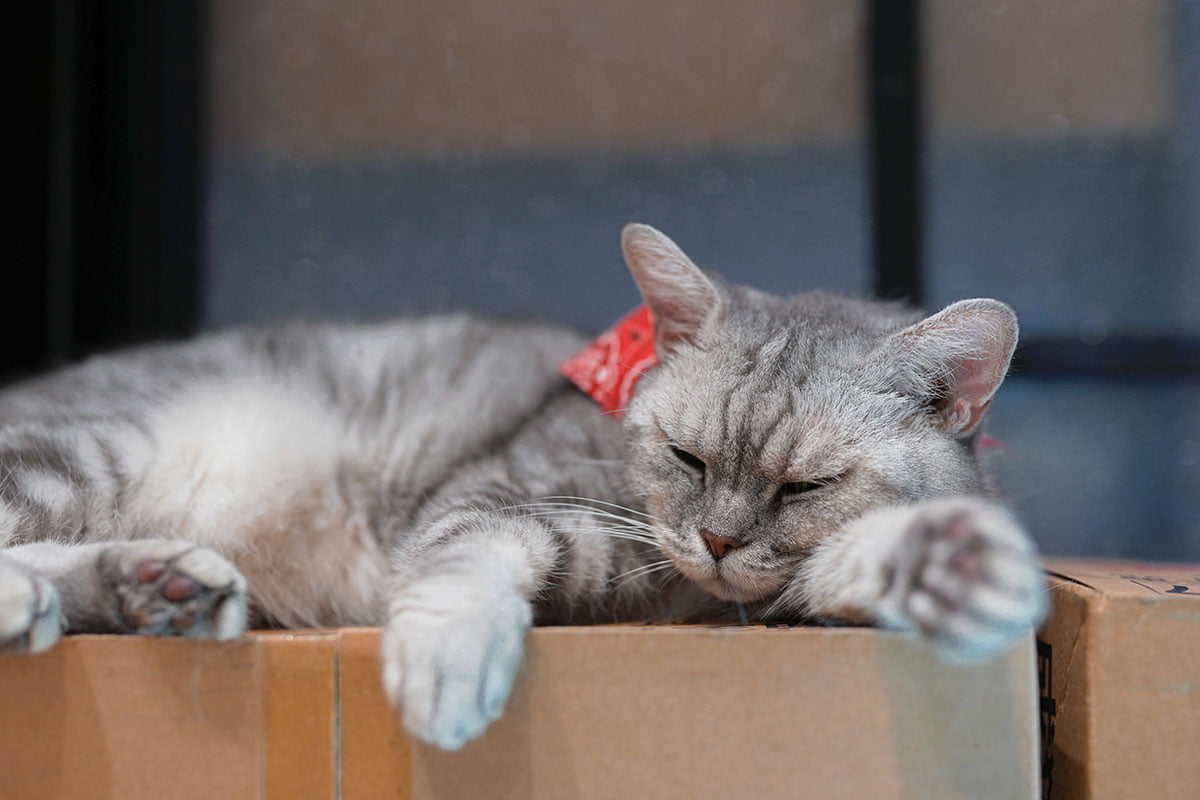Are you worried that your cat might have fleas? Flea infestations can be serious and bothersome to deal with. Fleas can also spread to other animals that are in close proximity. Their bites cause inflammation and irritation, and are often hard to find and frustrating to remove, burrowing deep into your cat’s coat.
All things considered then, the best strategy for dealing with fleas is to spot them as early as possible. Here’s some signs to watch out for and steps you can take to detect the presence of fleas on your cat.
Behavioral Signs
Unless your cat is the subject of a strong case of fleas, you probably won’t be able to see the little creatures themselves, especially early on. However, your cat will likely exhibit some telltale behavioral symptoms that come along with having fleas.
Flea bites are itchy and irritating, so be on the lookout for more frequent biting or scratching at isolated places on her coat. Excessive shaking of the head or other parts of the body might be indicative of a reaction to fleas (trying to shake them off). Further, if you notice more licking and grooming than normal, this can also be a sign of a new flea infestation. Keep in mind that cats will sometimes groom out fleas from their coat, making it harder for you to spot the evidence, but this won’t stop them from multiplying.
If your cat begins steering clear of particular spots in your home, they may have noticed that they get bitten more in those places. Flea larvae and eggs can be in carpet and under furniture, and your cat may have noticed and taken care to avoid them.
Mood changes that look like increased aggression, anxiety or stress may be the result of fleas, as your cat might get understandably frustrated at constantly feeling a skin irritant. General restlessness and discomfort are also common signs of fleas – if something seems off, it might be worthwhile to take a look sooner rather than later.
Checking Their Fur and Skin
To take a closer look and see whether you can spot any fleas, take a flea comb and run it through your cat’s coat, over it’s back and legs. The flea comb is a necessity because the small, closely set teeth on the comb will give you a much better shot at catching the tiny creatures, while using a normal comb allows them to slip right between the teeth. When combing, make sure to get as close to the skin as you can, which will help increase your shot of catching the creatures in the skin where they are burrowed.
Fleas are very small, dark brown flat insects so can be difficult to see with the naked eye. What’s more, they can move quickly by jumping quite high, so you may have to be fast and vigilant with the comb.
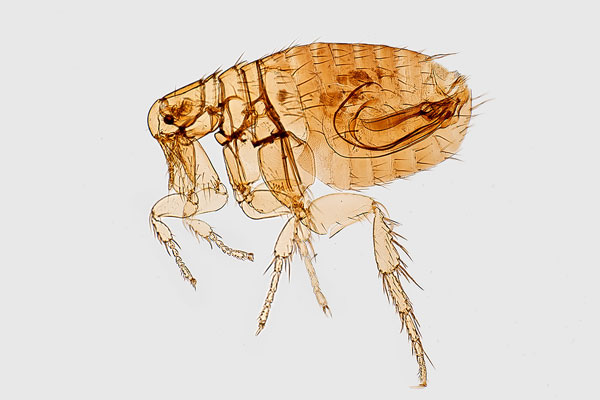
In addition, turn your cat on her back and pay special attention to areas that are warm and dry, where fleas tend to feel most at home. These include under the armpits and the groin area. Having some warm, soapy water nearby can be useful, in case you do find any live fleas and need to dispose of them.
Other Signs and Symptoms
In severe cases of fleas, your cat may develop anemia from excess blood loss. If your cat’s gums become pale or you notice a colour change in their skin, or if they become extremely tired and experience muscle loss, contact your vet immediately. At this point, fleas have led to a much more serious medical condition.
Cats that have been scratching themselves excessively because of fleas can also have dry, red or bumpy skin. Of course, this is more likely to show up on the bits of your cat with the most exposed skin, like the ears, belly, groin, or base of the tail. Your cat may also be allergic to a flea’s bite, which can cause scab like skin lesions, redness, hair loss and inflammation.
Fleas living in a cat’s fur also means flea feces are left behind, so if you are having trouble spotting the little creatures themselves, take a look for their waste product. An easy way to check for flea feces is to brush your cat over a white towel and watch for any black specs that might fall off while grooming. If spraying some water on those specs turns them into a dark red and brown color, then they are bits of digested blood that the fleas have left behind. Another common place to find flea feces is in your cat’s bed or sleeping area, so don’t forget to take a look.

